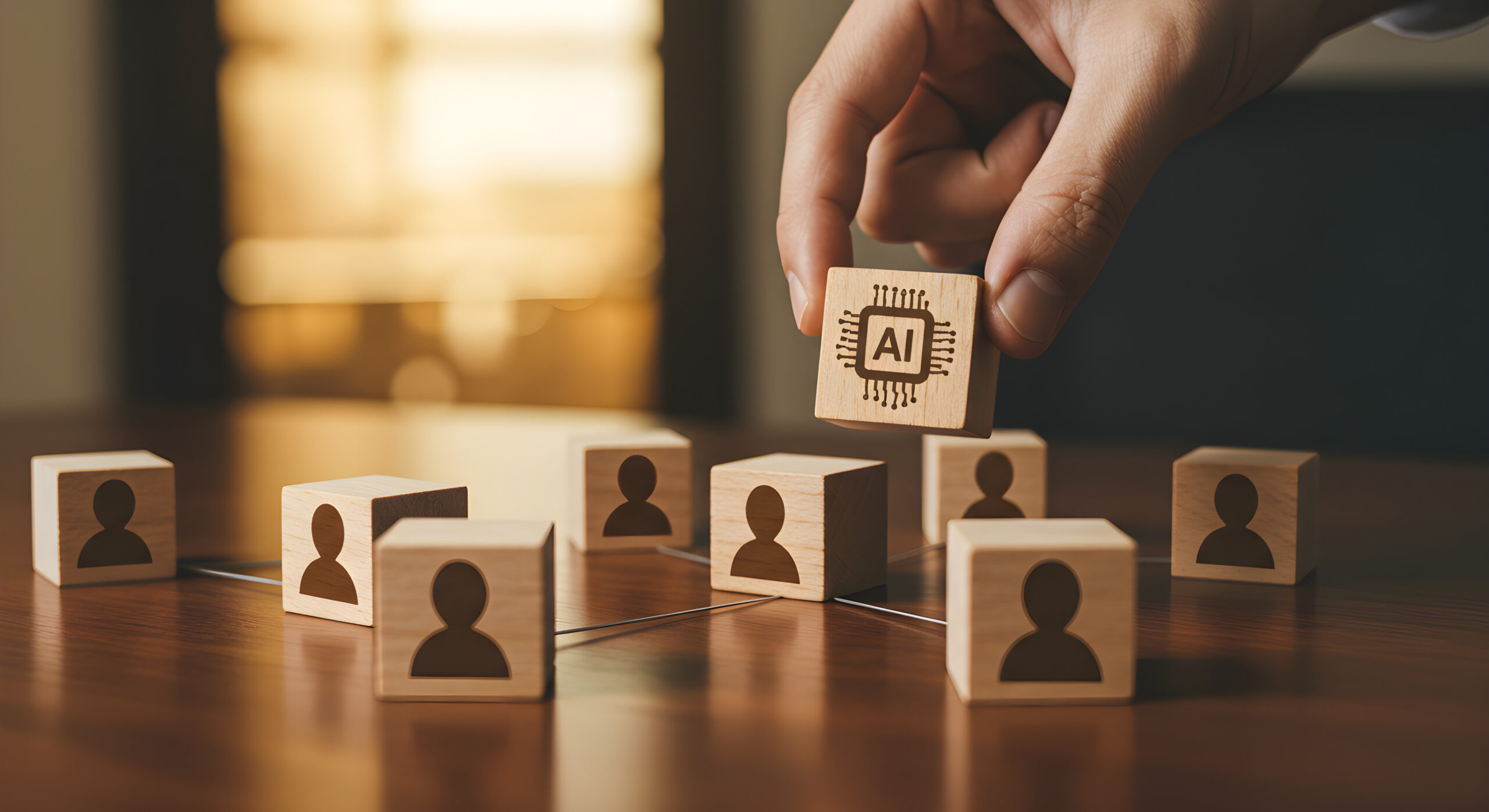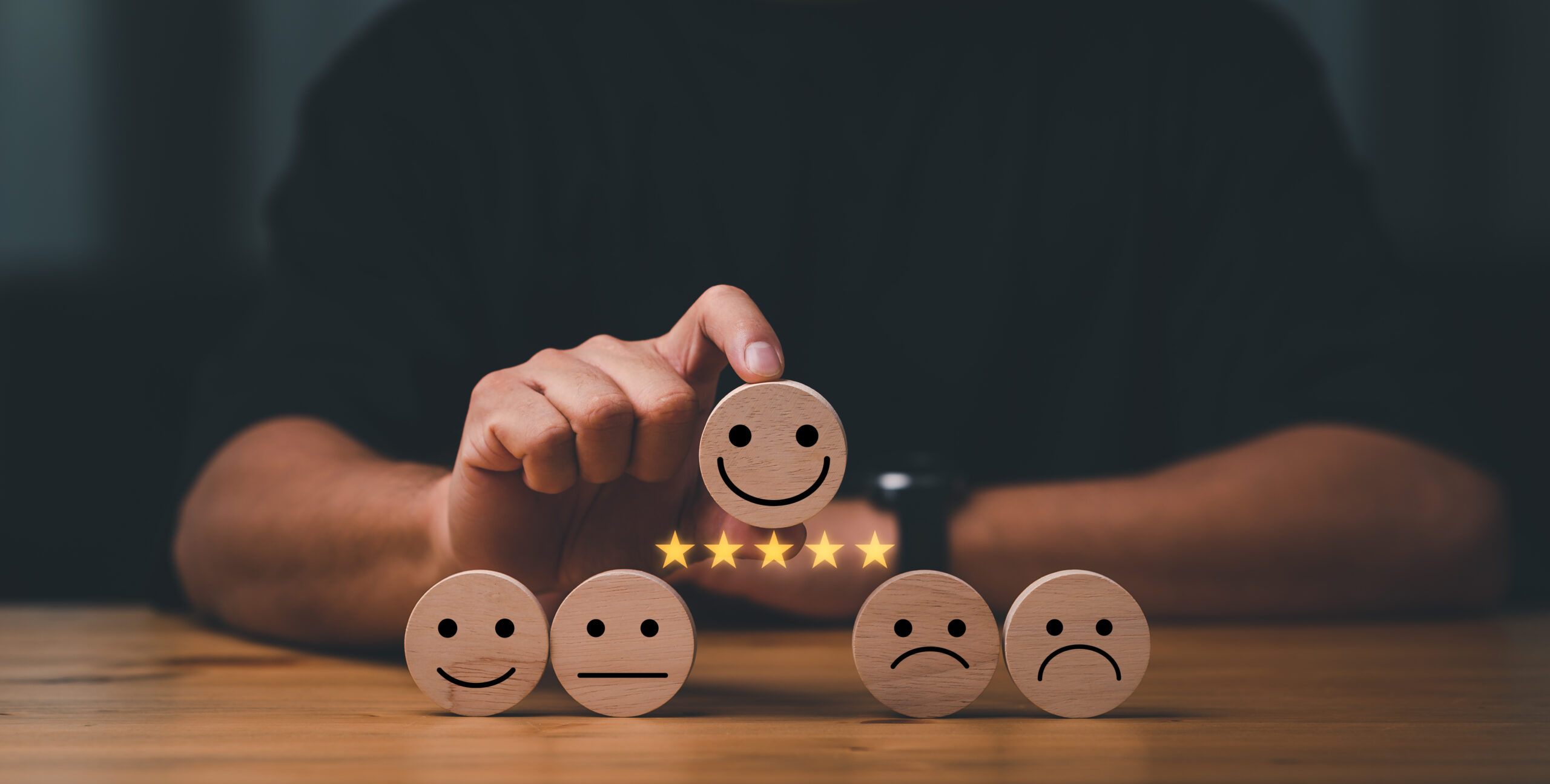Artificial Intelligence is reshaping work at speed, but human wellbeing is struggling. TJ Conference speaker Tom Bryant explores how L&D can take the lead in building wellbeing as a skill, designing more human-centric workplaces and using AI with intention to support emotional intelligence, resilience and adaptability in the modern workplace.
Artificial intelligence is transforming the workplace faster than most of us imagined, taking on administrative, analytical and repetitive tasks with astonishing speed. Yet while AI is supposed to lighten the load, many people report feeling more pressured, distracted and exhausted than ever. The paradox is clear: technology is accelerating, but human wellbeing is lagging.
L&D can lead a shift towards wellbeing as a capability
For L&D professionals, this moment presents both challenge and opportunity. The challenge is that, now more than ever, wellbeing can’t be treated as a ‘nice to have’. The opportunity is that L&D can lead a shift towards wellbeing as a capability, a skillset that helps people stay centred, resilient and emotionally intelligent in the age of AI.
From overload to opportunity
We live and work in an era of information saturation. E-mails, notifications and online meetings compete for our attention, leaving little mental space for reflection or recovery. AI can easily amplify this overload, but it can also be designed to restore balance.
I am currently working with several UK Government departments, as an Associate of Dods Training, delivering sessions on optimising Microsoft Copilot prompting skills to boost team productivity. I love that one department even coined the programme Prompting with Purpose. These sessions are helping teams revitalise creativity by unlocking new ways to approach problem-solving, while also supporting staff wellness through reduced cognitive load and more efficient workflows.
In the private sector, I am partnering with a leading global property management company to help their senior leadership team leverage AI for strategic planning, foster a culture of innovation and enhance employee wellbeing and retention. Many clients are beginning to connect the dots and explore the wealth of opportunities AI offers for enhancing health, wellbeing and creating more human-centric workplaces.
Purposeful use
This potential was echoed in the Department for Science, Innovation and Technology’s landmark AI trial, where more than 20,000 civil servants used generative AI to support their daily work. Early results showed time savings equivalent to nearly two working weeks per person each year, boosting their ability to deliver and freeing time for higher-value tasks, innovation and job satisfaction.
The lesson is simple: the impact of AI depends on our intention. If we deploy it purely for productivity, it may drain human energy. If we use it to create space, insight and focus, it becomes a wellbeing ally.
The new skills of wellbeing
As AI takes on the technical work, the skills that remain most valuable are profoundly human. Emotional intelligence, adaptability and resilience are no longer soft skills, they are strategic ones. Along with AI skills, these are big capability areas for us as L&D to focus on:
- Emotional intelligence helps people stay calm and constructive amid constant change
- Adaptability allows teams to experiment and learn alongside technology rather than feel threatened by it
- Resilience ensures recovery when the pace feels relentless
As the World Economic Forum’s Future of Jobs Report 2023 put it, “Wellbeing is not a soft benefit. It is a core enabler of performance.”
Human and machine: a healthier partnership
AI should give time back to humans, not take humanity out of work. In L&D that means shifting focus from content delivery to context design, allowing AI to handle logistics, scheduling and transcription so that practitioners can focus on reflection, storytelling and connection.
When we design work this way, we do more than improve efficiency. We make time meaningful again. As AI gets smarter, our role as L&D professionals is to get more human. The future of learning is not about teaching people to work like machines; it’s about teaching machines to work for people.
When we treat wellbeing as a capability, not a comfort, we help people thrive rather than simply cope. Technology will always evolve, but only humans can decide how it feels to work, learn and lead in the age of AI.
Tom Bryant is AI Integration & Transformation Specialist at TFB Consulting
Tom is a speaker on this topic at the TJ 60th Anniversary Conference




